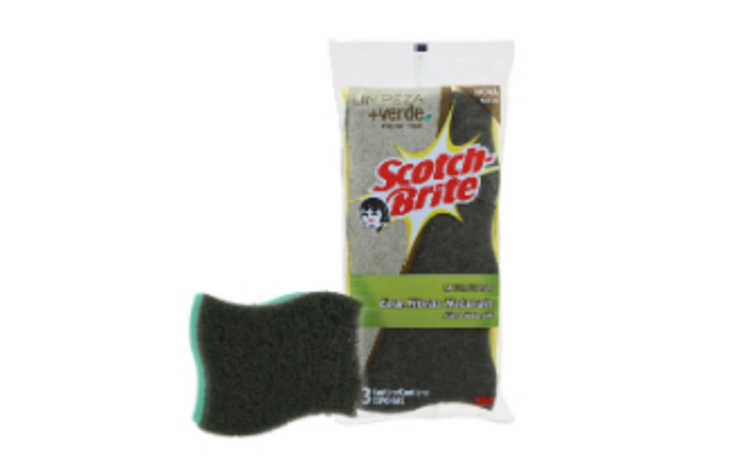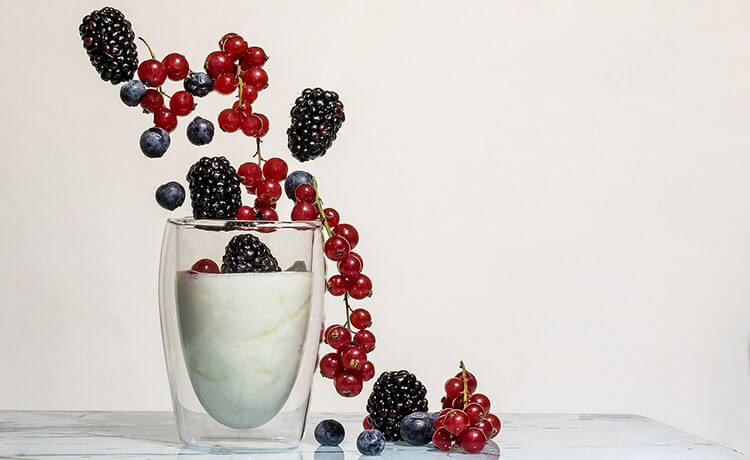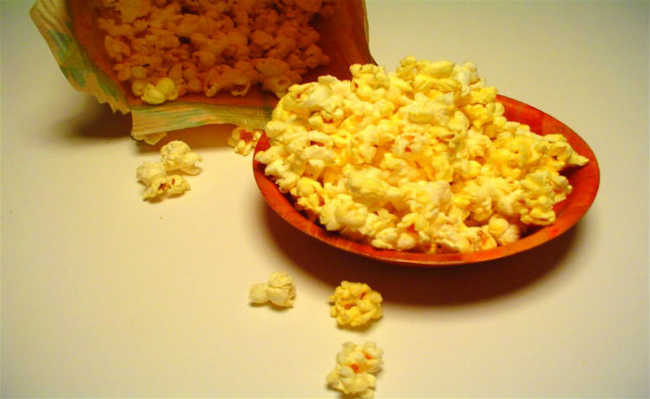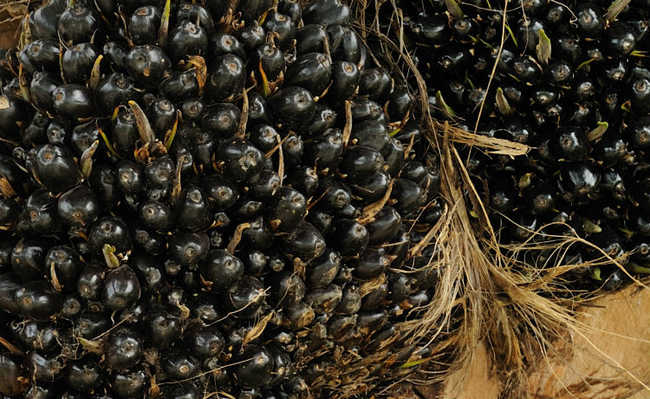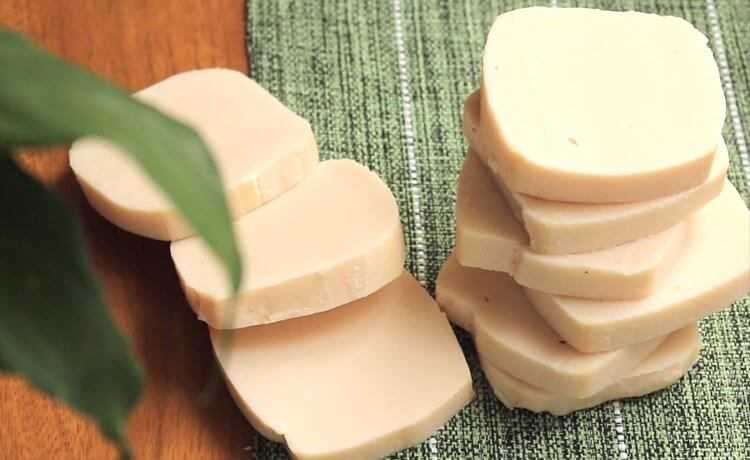Organic Gardens Course #2: Improve Soil Quality with Home Fertilizers
Learn more about soil composition and how to identify if the soil is of good quality for planting. Also learn how to make it more fertile with organic fertilizers you can make at home, such as green manure, surface manure and compost

I don't know if you know, but soil is composed of solid, liquid and gas phases: the gas phase is composed of air; the liquid phase is composed of water; and the solid phase is composed of minerals and a small part of an organic component. When preparing the soil for the garden, in order for it to be fertile, the part of the organic component must be increased and the most superficial layer of soil should not be turned over (approximately 10 cm), because, as already mentioned in part 1 of the course, It is in this region that micro-organisms are found that will help in the development of vegetables, providing inorganic nutrients.
The mineral part of the soil is composed of sand, clay and sediment. If the soil has a higher percentage of sand, it is more porous and more permeable; if the soil has a higher percentage of clay, it is more impermeable. A sandy soil is not suitable for planting as it is generally poor in nutrients and retains little water; however, some plants do well in this type of soil, such as cacti. A clayey soil is also not suitable for planting, in general, as it has low permeability, which makes it prone to waterlogging. In this type of soil, ferns are a type of plant that adapt well.
Ideally, there is a proportion of sand, clay and humus so that the soil is not compact and soggy, but that it retains water and nutrients.
analyzing the soil
By taking a soil sample, you can analyze its color and texture. Regarding color, the darker the color of the soil, the more organic matter it has, for example, earthworm humus is black.
With the touch you can feel if the soil is wet or dry and if the soil crumbles easily or if the clods are difficult to break up. Soil that is difficult to dismantle is more compact soil, therefore not ideal for a vegetable garden, just as wetter soil is better for planting.
Fertilizers
Fertilizers are important to improve land quality and act as fertilizers, as wind and rain can wash away important nutrients from the soil surface. There are several types of organic fertilizers that can be used, but the three types mentioned below are the most common ones made at home:
Surface fertilizer:
It is formed by leftovers of leaves, grass and leftovers that we harvest and do not use. Leaves and grasses should be laid out in the sun to dry, and then placed in the ground along with the remains that have been collected and chopped to make them more homogeneous. This fertilizer helps to retain water in the soil, provides nutrients for micro-organisms and helps control weeds.
Green manure:
According to the National Institute for Research in the Amazon (INPA), green manure is a great way to add nutrients to the soil. This fertilizer is formed by plants, usually leguminous, which associate with nitrogen-fixing bacteria and, therefore, are easily absorbed by nitrogen, an essential nutrient for plant growth. Green manure for vegetables with a short cycle consists of planting legumes to be harvested, crushed and incorporated into the soil, while for vegetables with a longer cycle, the legumes can be placed directly on the soil. It is also possible to put the legumes in a compost bin to have a nitrogen-rich compost.
Compound:
It is generated through composting, where bacteria transform organic matter into inorganic and this fertilizer helps to reduce the waste produced at home, as its raw material is made up of food waste (see how easy it is to make compost and see which foods should or not go to the composter).
Check out the video prepared by Borelli Studio on the composition of soil and fertilizers. The video is in Spanish, but has Portuguese subtitles.

